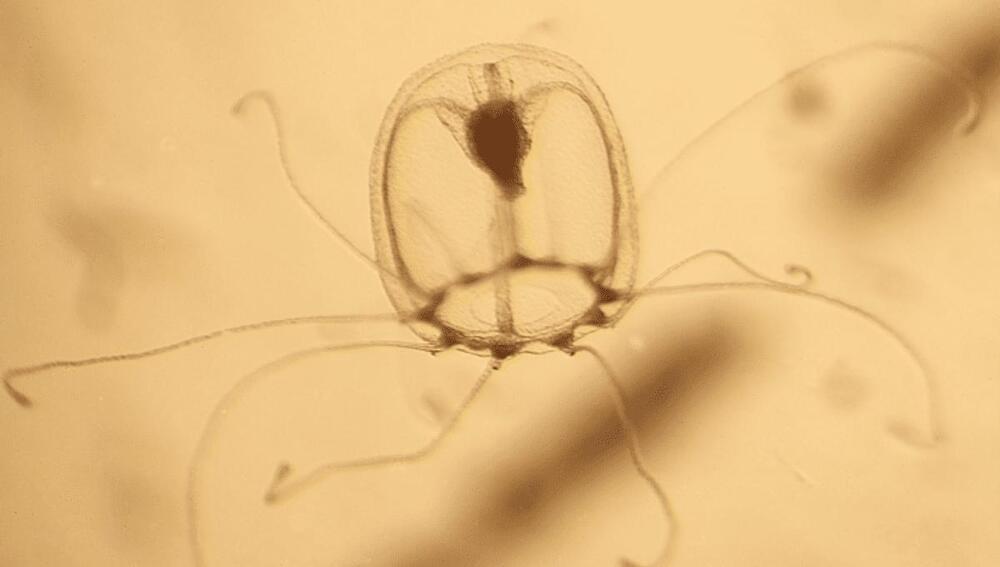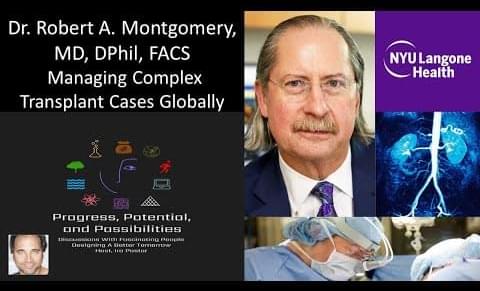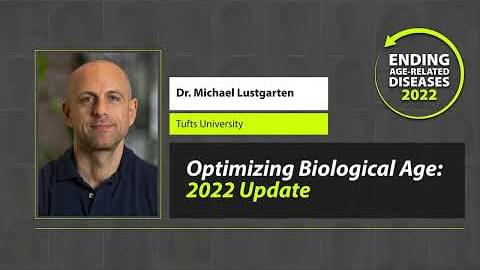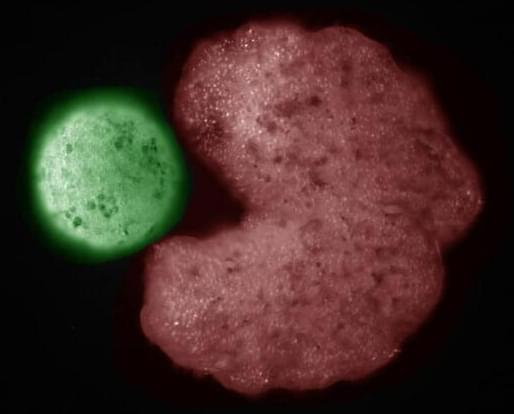Sep 1, 2022
Alzheimer’s Breakthrough: Genetic Link to Gut Disorders Confirmed
Posted by Dan Breeden in categories: biotech/medical, genetics, neuroscience
Summary: A new study reveals a genetic link between Alzheimer’s disease and several gut-related disorders. Researchers report Alzheimer’s patients and those with intestinal disorders have specific genes in common. The findings add to the evidence the gut-brain axis may play a role in the development of neurodegenerative disorders.
Source: Edith Cowan University.
People with gut disorders may be at greater risk of developing Alzheimer’s Disease (AD).

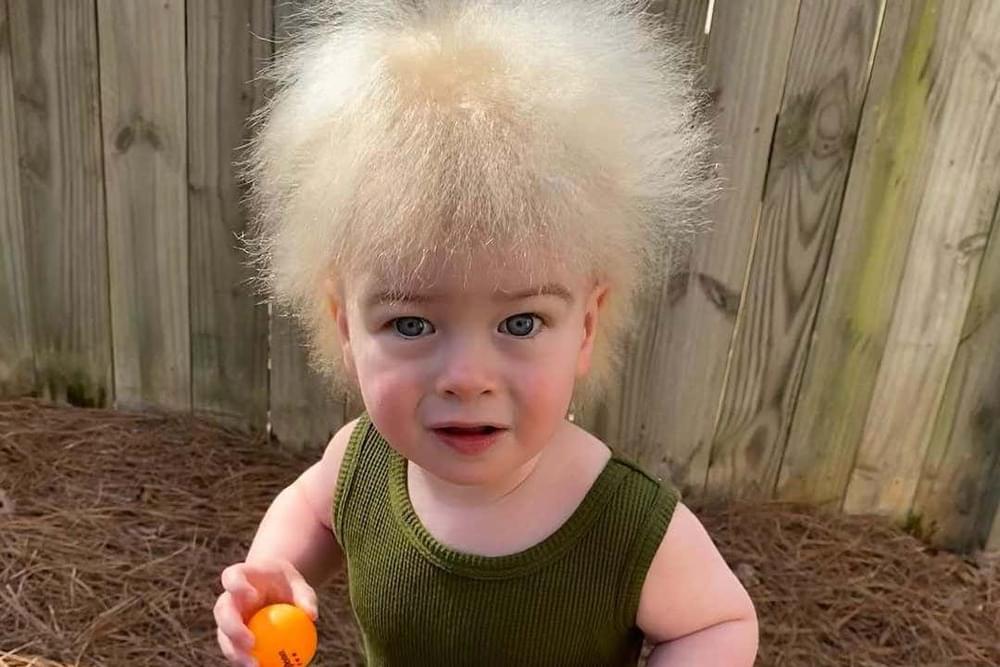

 Foresight Existential Hope Group.
Foresight Existential Hope Group.